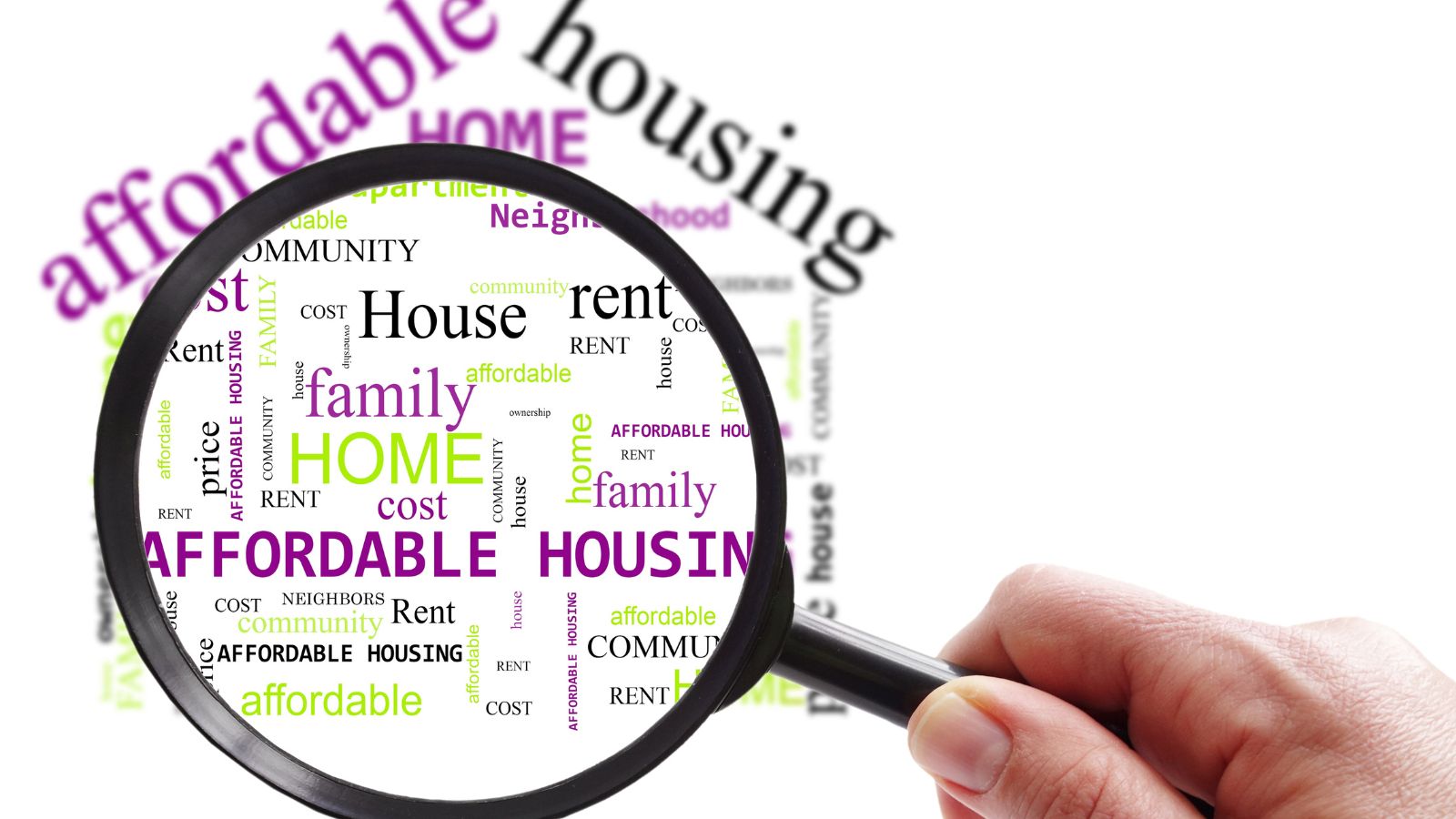Many young Canadians are rethinking what success looks like, and the traditional American Dream no longer fits the bill. What once represented prosperity, homeownership, and boundless opportunity is now seen by many as an outdated blueprint that doesn’t align with their values or realities. Here are 20 reasons why many young Canadians are consciously distancing themselves from chasing the American Dream.
Skyrocketing Student Debt in the U.S.

The student loan crisis in the U.S. is deterring many young Canadians from even considering cross-border education or long-term career prospects. American post-secondary tuition is significantly higher, with private institutions charging tens of thousands annually. In contrast, public education options in Canada remain relatively affordable and supported by government grants. Watching peers in the U.S. accumulate six-figure debt for degrees that don’t guarantee stable jobs has made many Canadians skeptical of the supposed advantages.
Inaccessible Healthcare System

The privatized nature of the American healthcare system makes it a daunting prospect for young Canadians. The idea of paying exorbitant premiums, deductibles, and co-pays to see a doctor is both foreign and unappealing. Medical bankruptcies remain one of the leading causes of financial ruin in the U.S.. At the same time, public healthcare in Canada, despite its flaws, ensures that essential medical services are not tied to employment or income. This sense of security and predictability is increasingly valued, particularly among younger generations who prioritize wellness.
Political Polarization and Instability

Deep divisions in American politics have created an atmosphere that many young Canadians find increasingly difficult to relate to. The constant media coverage of hyper-partisan debates, legislative gridlock, and the rise of extreme ideologies across both sides of the political spectrum contributes to a climate of tension and unpredictability. For individuals who value measured governance and social cohesion, this polarization feels exhausting and counterproductive. Even policies that directly affect daily life are often stalled due to partisan battles, leaving people without solutions.
Rampant Gun Violence

Frequent mass shootings and widespread access to firearms have created an environment of fear that many young Canadians find unacceptable. The normalization of gun culture, including open carry laws and political resistance to firearm regulation, creates a level of risk that’s simply not tolerable for people raised in communities where guns are not part of everyday life. Also, the emotional toll of hearing about school shootings or public massacres on a near-weekly basis has a cumulative psychological effect.
Soaring Cost of Living in Major U.S. Cities

American metropolitan areas, while rich in opportunity, often demand huge financial sacrifices to maintain a basic standard of living. Rent prices can exceed half of a person’s income, and commuting costs, healthcare premiums, and daily expenses quickly add up. Even those earning six-figure salaries in places like San Francisco or Manhattan often feel like they’re treading water financially. This kind of high-stress environment is not appealing to many young Canadians who prioritize affordability and balance.
Lack of Work-Life Balance in Corporate America

The grind culture deeply embedded in many American companies clashes with changing views around personal well-being. In the U.S., taking a vacation can be seen as a sign of weakness or a lack of dedication, and many workers feel obligated to answer emails well outside of regular hours. With minimal statutory vacation requirements, employees often struggle to find time to decompress. In contrast, younger Canadians are seeking careers where flexibility, personal time, and mental health are considered integral to success.
Greater Climate Consciousness

Young people are increasingly prioritizing environmental sustainability in every aspect of their lives, from career paths to consumer choices. The American reluctance to adopt comprehensive climate legislation or meet international environmental commitments has become a deal-breaker for many. Also, ongoing support for oil pipelines, fossil fuel subsidies, and deregulation of polluting industries signals to environmentally conscious youth that climate change is not being taken seriously.
Decreasing Social Mobility

The promise that hard work and determination will lead to upward economic mobility is increasingly hollow for many Americans. Studies have shown that younger generations in the U.S. are earning less than their parents did at the same age, even with higher levels of education. The growing gap between the wealthy and everyone else means the rungs of the ladder are getting farther apart. In comparison, while not perfect, Canada’s public infrastructure, healthcare, education, and social programs provide more stable ground for individuals to build on.
Preference for Community over Individualism

Younger Canadians tend to value collaboration, equity, and support networks more than the “every person for themselves” ethos that often characterizes American society. While individual ambition isn’t frowned upon, there is a collective understanding that societal success depends on shared resources and cooperation. Volunteerism, community programs, and policies that promote social welfare are seen as strengths rather than evidence of “big government.” This collective spirit resonates more deeply with a generation raised on ideas of intersectionality and mutual aid.
More Inclusive Social Policies

Younger generations are attuned to global social justice movements, and many have zero tolerance for regression in civil rights. In parts of the U.S., recent legislation targeting transgender individuals, restricting abortion access, or tightening immigration policies signals a backslide in equality. This is alarming for Canadians who have grown up in a more inclusive legislative environment. And, while Canada still has work to do, the direction of policy and public discourse tends to be more progressive. For young people who prioritize human rights, dignity, and representation, living in a jurisdiction where those values are respected is not negotiable.
Public Education Standards

A significant point of comparison is the quality and accessibility of education. In the U.S., funding disparities tied to property taxes have resulted in stark inequalities. Students in affluent neighborhoods may receive an excellent education, while others in underfunded districts are left behind. Standardized testing dominates the academic landscape, leading to a curriculum that prioritizes test scores over critical thinking. In Canada, while regional disparities still exist, the system is generally more uniform in quality and geared toward developing well-rounded learners.
Housing Market Accessibility

While housing affordability is a widespread issue, there’s a belief among many Canadians that policies can and should be used to address the problem. In the U.S., real estate markets in desirable cities are heavily influenced by private equity firms, short-term rental platforms, and lax regulation. This has made homeownership feel out of reach, even for those with good jobs. On the other hand, Canadian cities, despite similar trends, often have more government interventions in place, from vacancy taxes to first-time homebuyer incentives.
Maternity and Parental Leave Benefits

Family-friendly policies play a crucial role in shaping decisions about where to live and work. Canada’s federal parental leave programs provide up to 18 months of job-protected leave, with partial income replacement. In the U.S., there is no national mandate for paid parental leave, leaving most workers to rely on inconsistent or non-existent employer-provided benefits. This creates stress during what should be a bonding and healing time. Younger Canadians are unwilling to accept systems that force families to choose between financial stability and caregiving responsibilities.
Reduced College Pressure

The competition to get into elite American universities has reached extreme levels, with students facing intense academic and extracurricular pressures from an early age. Admission strategies often favor legacy applicants and those from affluent backgrounds, reinforcing social inequality. The cost of attending these schools adds another barrier. Canadian institutions, while still competitive, place more emphasis on academic achievement and offer more transparent admissions processes. There’s less emphasis on prestige and more focus on substance.
Focus on Mental Health Resources

The growing mental health crisis has made accessibility to support services a priority for young adults. In the U.S., even those with insurance often face long waits or high out-of-pocket costs for therapy. Public mental health services are fragmented and underfunded. In contrast, Canada’s public health framework increasingly incorporates mental health as an essential component. Resources such as free counselling for students, publicly funded therapy pilot programs, and national awareness campaigns are signs of progress.
Accessible Higher Education Pathways

The Canadian post-secondary system offers multiple, affordable paths to success. From trade schools and apprenticeships to university degrees, young people can find routes that match their interests and financial situation. Government support for tuition, job placement, and co-op programs bridges the gap between education and employment. In the U.S., higher education is not only expensive but often lacks clear alignment with labor market outcomes. Many graduates find themselves saddled with debt and underemployed.
Trust in Public Institutions

Faith in the effectiveness and honesty of public institutions significantly affects civic engagement and quality of life. While no country is immune to corruption or inefficiency, the U.S. has seen an erosion of trust in its judicial, electoral, and media systems. Misinformation, political scandals, and partisan media outlets have exacerbated this. In Canada, although skepticism exists, trust remains relatively high, particularly among younger generations. Transparent communication, independent oversight bodies, and public accountability are crucial factors.
Entrepreneurial Support Systems

Young Canadians interested in entrepreneurship find a more structured and supportive environment at home. Access to small business grants, mentorship programs, and innovation hubs allows them to test and launch ideas without assuming excessive financial risk. Programs like Futurpreneur Canada and Startup Canada offer early-stage guidance that helps avoid the pitfalls often encountered in the more cutthroat American ecosystem. And, while the U.S. still boasts a dynamic startup culture, the lack of universal healthcare and high cost of living can be serious deterrents for new founders.
Exposure to Global Perspectives

Globalism is an integral part of the identity of many young Canadians. Bilingualism, immigration-friendly policies, and a curriculum that includes international affairs create more culturally aware citizens. Also, access to international news and education programs, along with a high rate of foreign travel among youth, fosters an understanding of how different countries approach shared challenges. This global exposure means the American model is no longer the default.
Redefinition of Success

One of the most fundamental shifts is how success itself is defined. For previous generations, the American Dream symbolized upward mobility, material wealth, and ownership. Today, many young Canadians prioritize fulfillment, purpose, and social impact. Owning a home or climbing a corporate ladder matters less than doing work that aligns with their values. They are opting for minimalist lifestyles, community-focused projects, and creative pursuits over traditional status symbols.
21 Products Canadians Should Stockpile Before Tariffs Hit

If trade tensions escalate between Canada and the U.S., everyday essentials can suddenly disappear or skyrocket in price. Products like pantry basics and tech must-haves that depend on are deeply tied to cross-border supply chains and are likely to face various kinds of disruptions
21 Products Canadians Should Stockpile Before Tariffs Hit
Alanna Rosen is an experienced content writer that focuses on many finance and educational content. Her articles are regularly published on Web3Tribe and syndicated on large publications.
